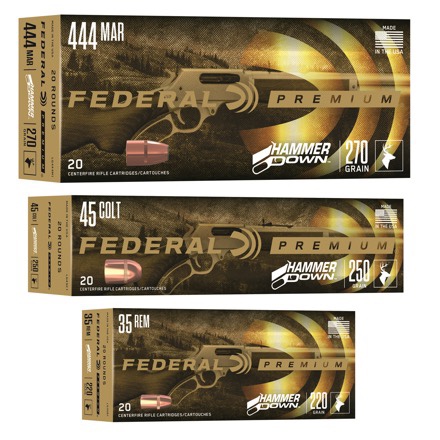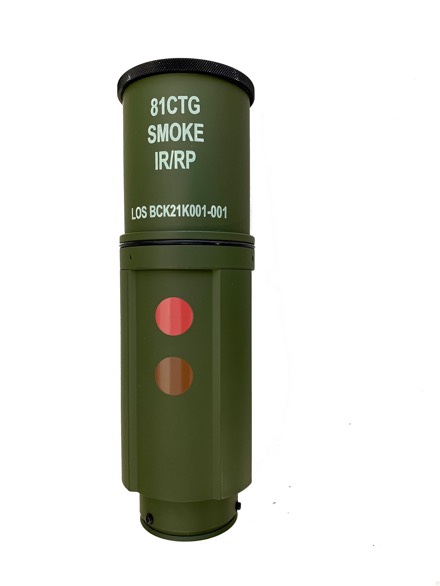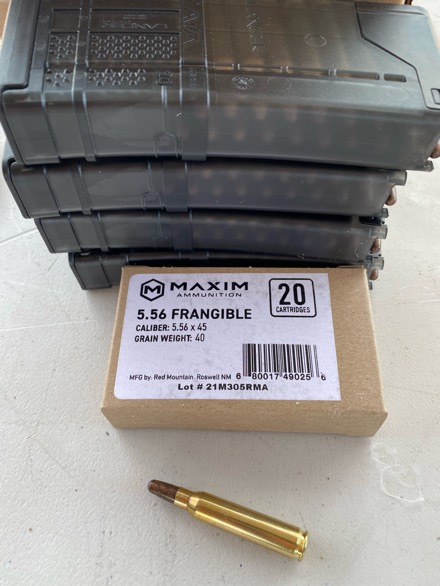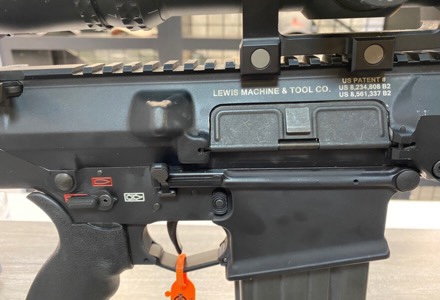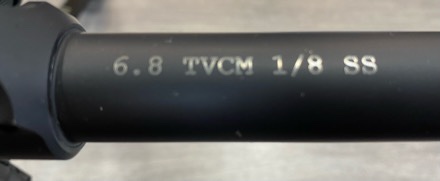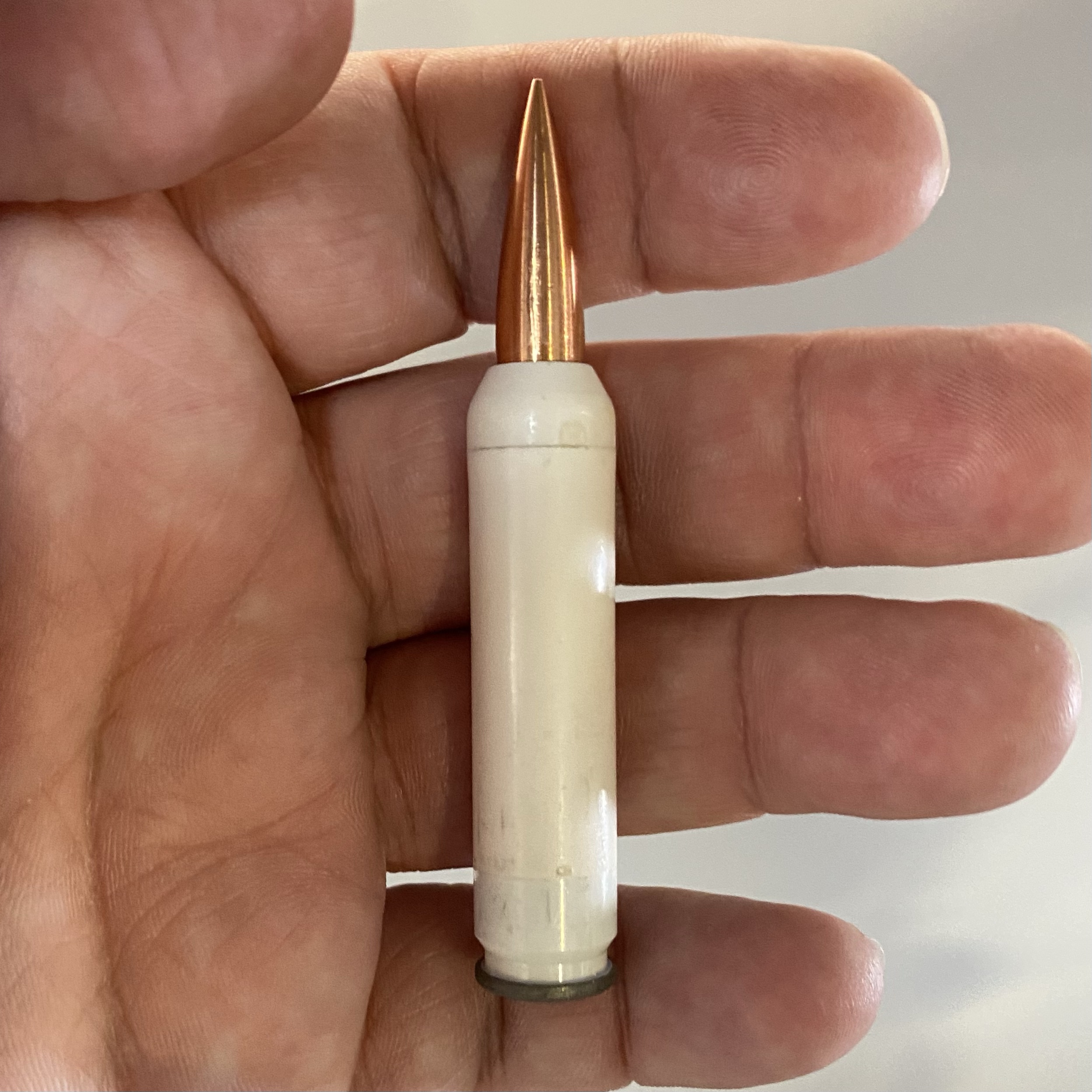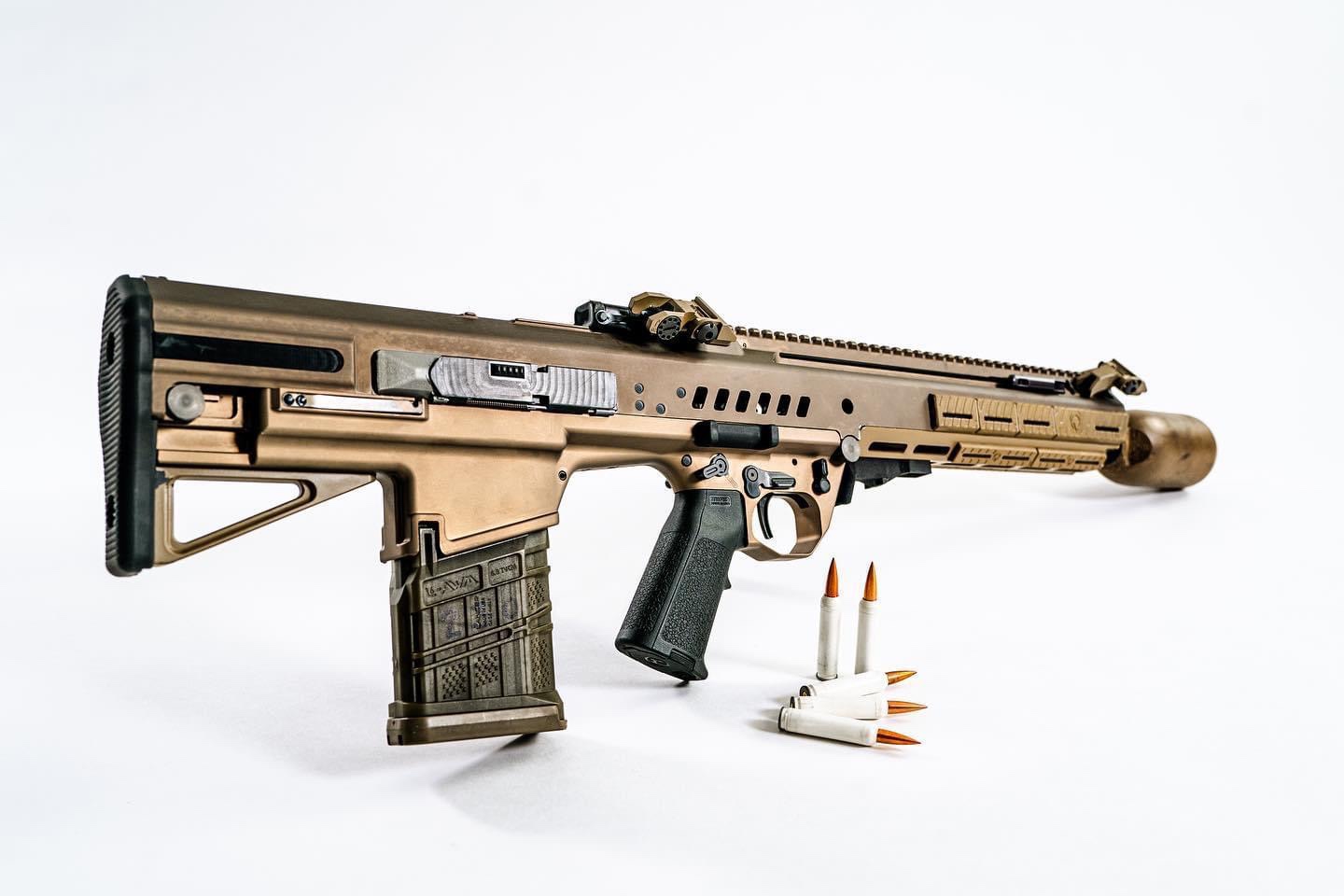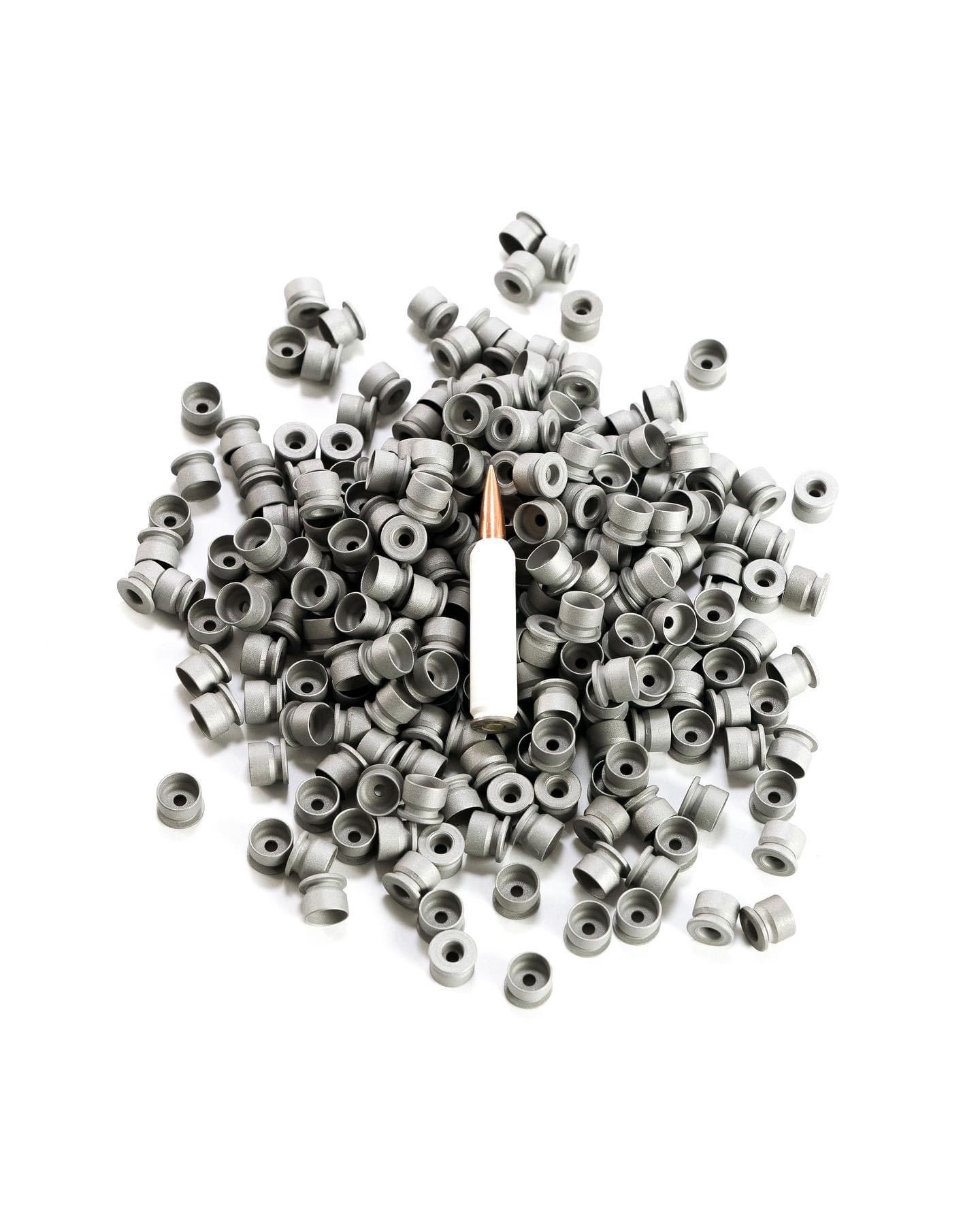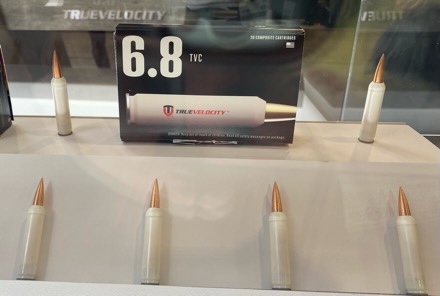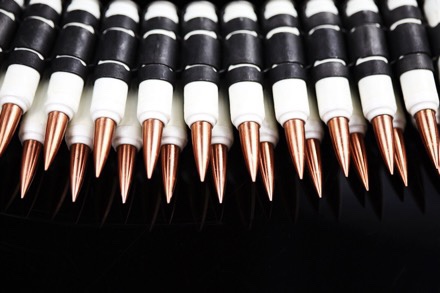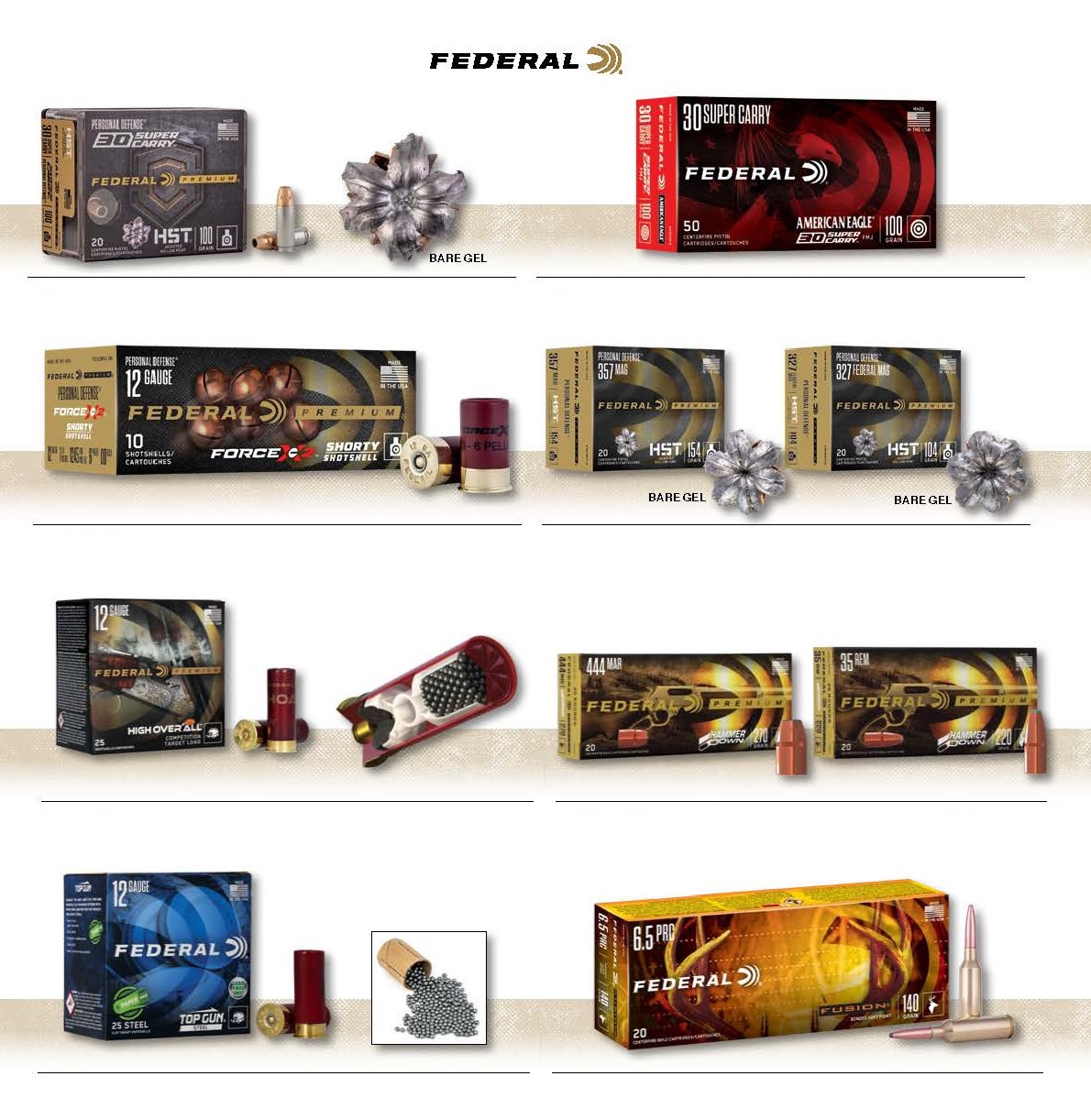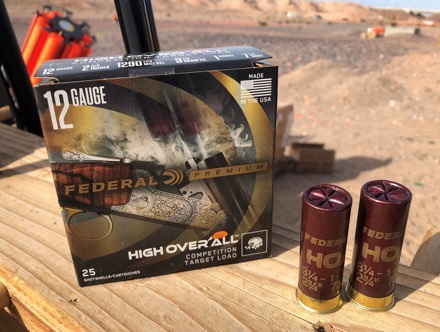
ANOKA, Minnesota – February 10, 2022 – Federal Ammunition launched its new High Overall Competition Target Loads for competitive shotgun shooters in the early fall of 2021. The company also showcased these exciting new loads at the 2022 SHOT Show in Las Vegas, Nevada, January 2022.
“It was great to show shooters how effective and smooth-shooting these new loads are while at the SHOT Show Industry Day at the Range event,” said Dan Compton, Federal Ammunition Shotshell Product Manager. “We are proud of this new product and anyone who tried it was impressed.”
Federal Premium High Over All leaves a trail of shattered targets in its wake and more reloads per shell. It’s hard, high-antimony lead payload and exclusive one-piece Podium wad produce the most consistent patterns, while the solid brass head and tapered, one-piece hull make reloading easier than ever.
“Our new High Overall Competition Target Loads offer maximum performance on the range and at the hand loaders bench,” said Dan Compton, Federal Ammunition Shotshell Product Manager. “We made them with five-percent antimony shot to reduce fliers for consistent patterns and to crush clays on impact. And the newly designed single piece Podium wad delivers soft shooting and great patterns.”
From beginners to elite and all shooters in-between, it’s the ultimate load for anyone wanting to knock down more clay targets at the range. The complete list of sixteen 12-gauge, 2 3/4-inch offerings have a wide range of payloads, velocity, dram, and in shot sizes of 7.5, 8, 8.5 or 9, to accommodate the needs of any discipline of competitive shooting.
Federal ammunition can be found at dealers nationwide or purchased online direct from Federal. For more information on all products from Federal or to shop online, visit www.federalpremium.com.


